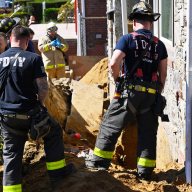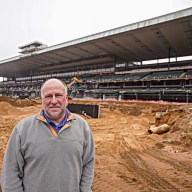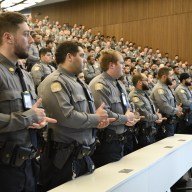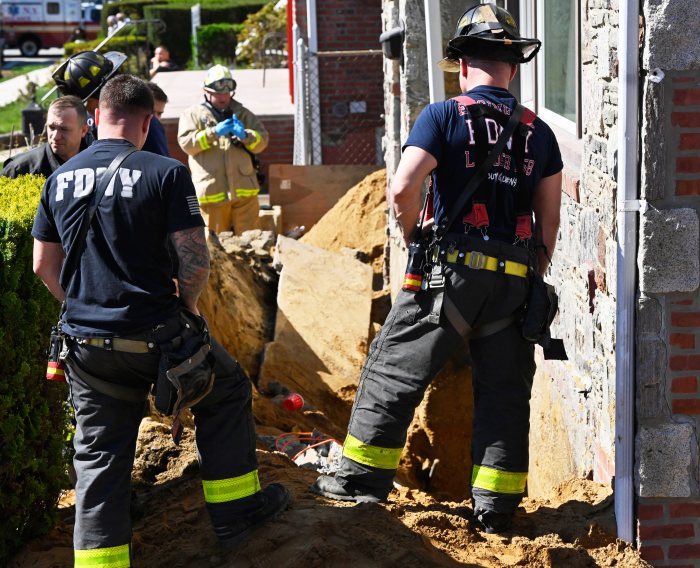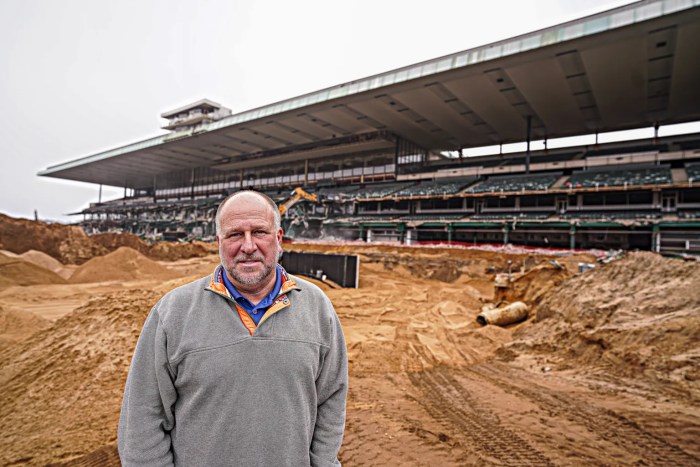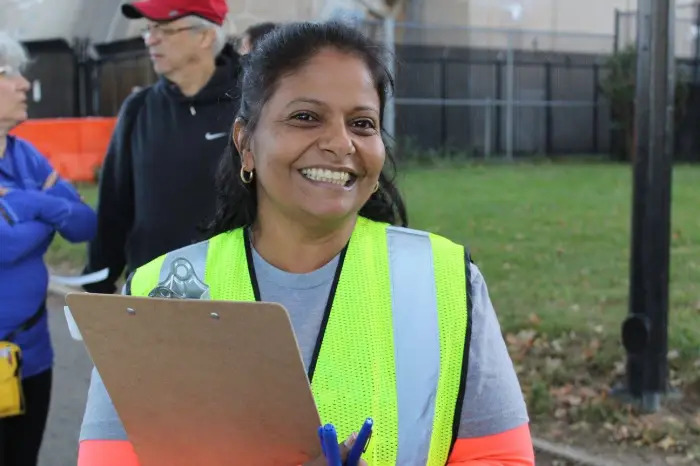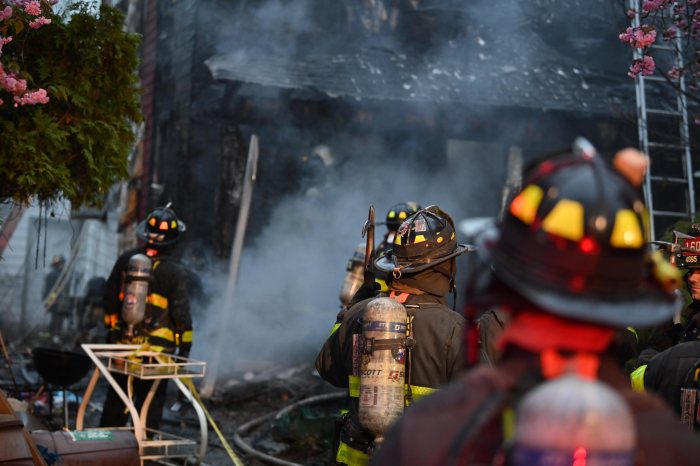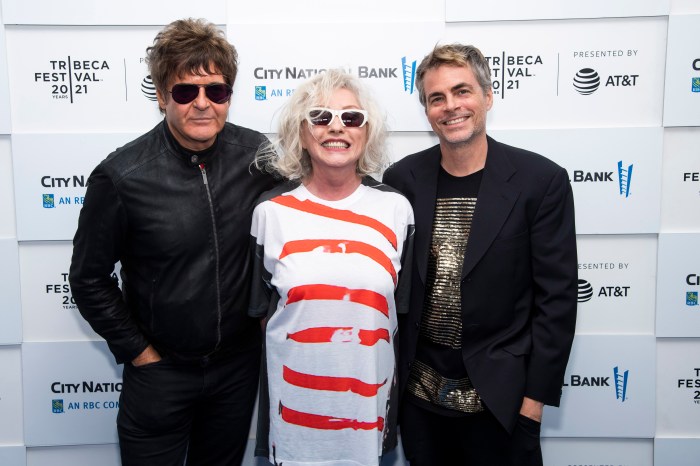By Jeremy Walsh
A public hearing for landmarking the temple has been set for Jan. 15.”I like to call it a 'small grand synagogue,'” said Harold Baron, vice president of Congregation Tifereth Israel, located at 109-18 54th Ave. “Recently there have been some of the very large grand synagogues on the Lower East Side that have got some grants and fund-raising and have been refurbished. This is almost exactly the same as those, but on a smaller scale.”The LPC reviewed the temple's application on Oct. 16, unanimously voting to schedule a hearing.Once the public hearing is held, the commission's research division will write a report before the landmarking status goes back before the commission for a full vote. If the commission approves landmark status, it goes to the City Council for a final vote.The borough's oldest synagogue was constructed in 1911 to house a congregation that had relocated to Queens from other parts of New York City, the LPC said. Corona had a relatively small Jewish population at the beginning of the 20th century, the LPC said, noting about 23,000 of the city's 1.3 million Jews lived in Queens in 1913.”They were small merchants on Corona Avenue,” Baron said. “At that time, without Flushing Meadows Park, that was sort of the outskirts of the world.”The congregation was revived in 1999, when Rabbi Amnun Khaimov took over. Khaimov and his wife Esther set about building a vital group from the numbers of Bukharian Jews flocking to the Lefrak City area from former Soviet republics like Uzbekistan and Tajikistan. They had more than 200 members by 2005, according to Esther Khaimov.But in 2004, Esther Khaimov said, her husband cut down a tree in the backyard and found termites. Pest control experts soon told them that the insects had invaded the church's wooden structure, rendering the basement and kitchen areas unusable.”We used to have many activities of the community in the basement,” she said. “We had no choice but to lock out the basement and the kitchen. Now the synagogue is really in bad shape.”She said the congregation has dwindled to about 50 regular members.Nearly from the start, the congregation has sought help to hold their temple together. In 1999, the building was proclaimed a “Queensmark” by the Queens Historical Society. In 2002, the building made the state and national historic registers.Much of this was accomplished with the help of the New York Landmarks Conservancy, Khaimov said, which provided grants to repair the building's roof and for a survey of the structure and its deficiencies.These include walls that are warped from water saturating the support timbers, windows that have deformed to the point that panes of glass have toppled from their frames.A July 2005 celebration marked $900,000 in city and state funding for exterior and interior restorations. Unfortunately for the synagogue, law prohibited them from using the funds to repair their termite-ravaged basement because it would have been strictly for a religious use, as opposed to landmark preservation, Esther Khaimov said.But the congregation soldiers on, its monetary problems exacerbated by the financial situation of many of its members. Baron said many congregants are on welfare.”We're in a Catch-22 situation, where the reason we're trying to rebuild it is because we're trying to make a home for people who are not financially well-off enough to pay for it,” he said.Baron said he hoped the landmark status, combined with efforts to raise funds from former members of a congregation that included cosmetics maven Estee Lauder, will help move the temple toward stability.”Every one of these moves helps us gain recognition within the larger community,” he said. “Hopefully, we'll be able to attract some philanthropic dollars as well as city dollars.”Donations can be sent to “Cong. Tyfers Israel,” 109-18 54th Ave., Corona, NY 11368, Esther Khaimov said.Reach reporter Jeremy Walsh by e-mail at jwalsh@timesledger.com or by phone at 718-229-0300, Ext. 154.







